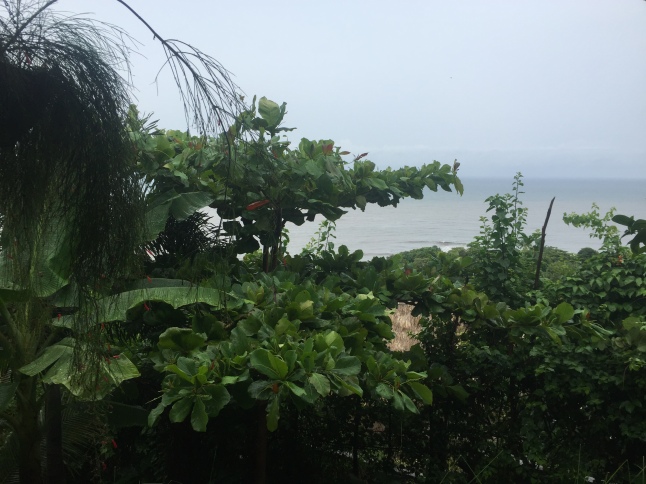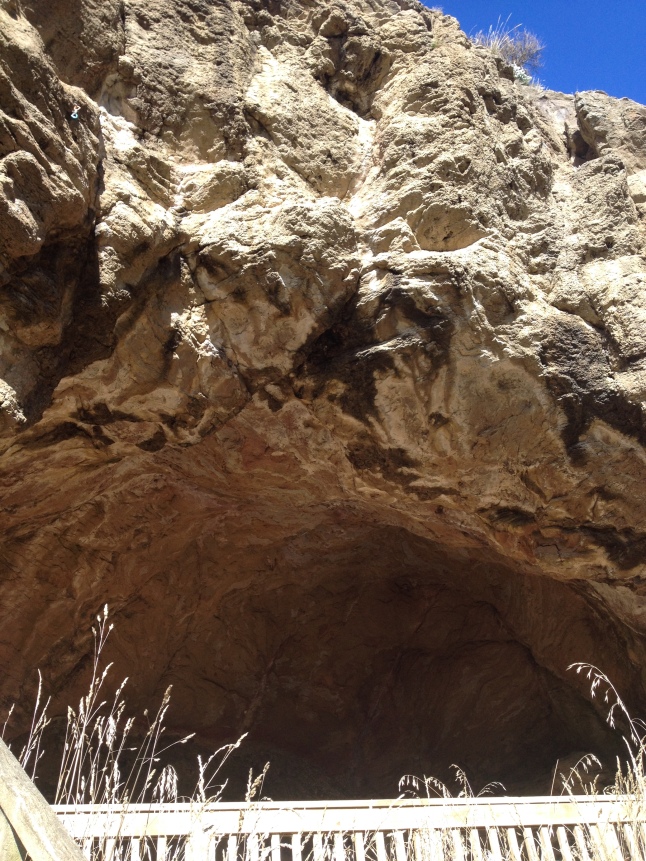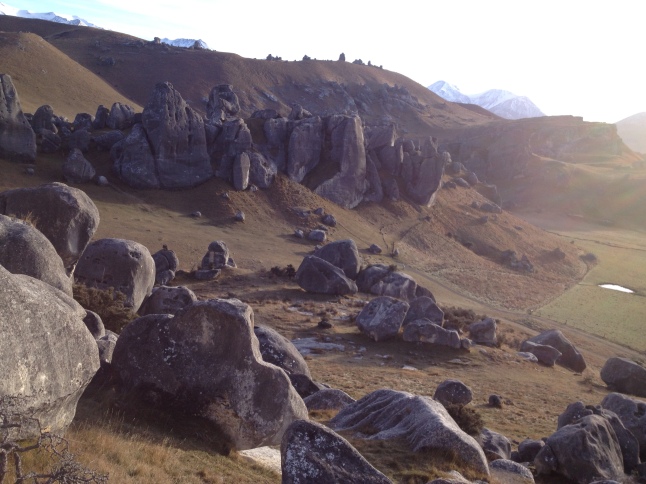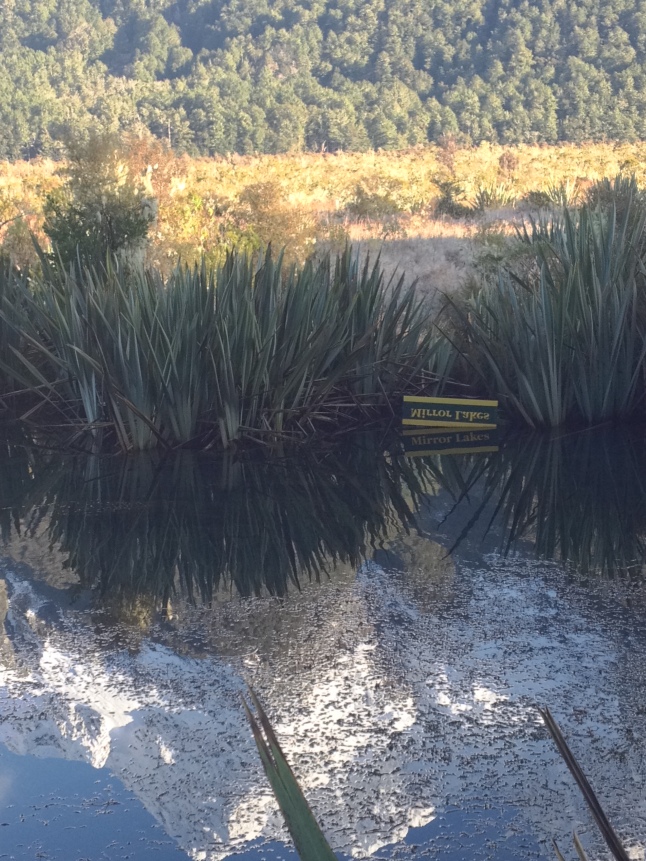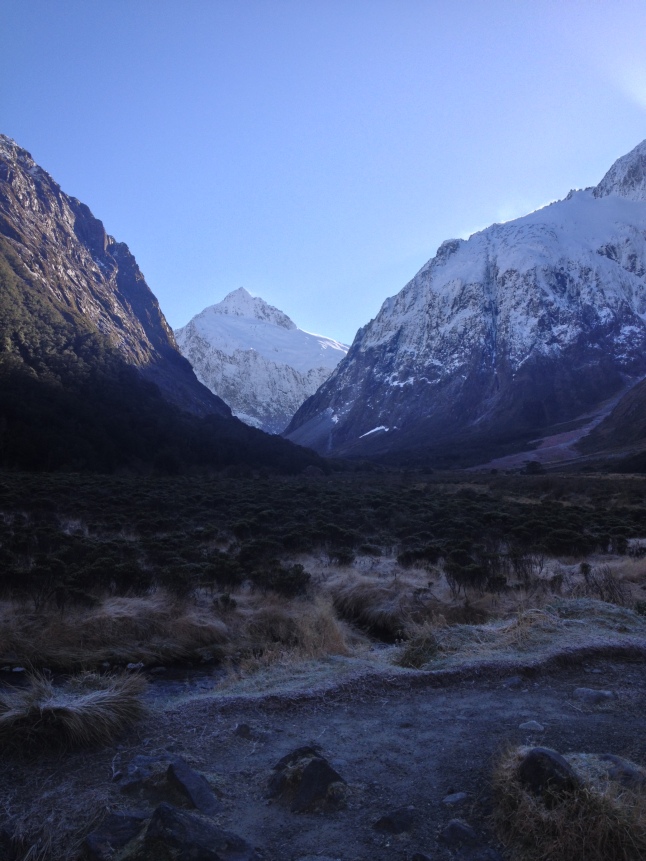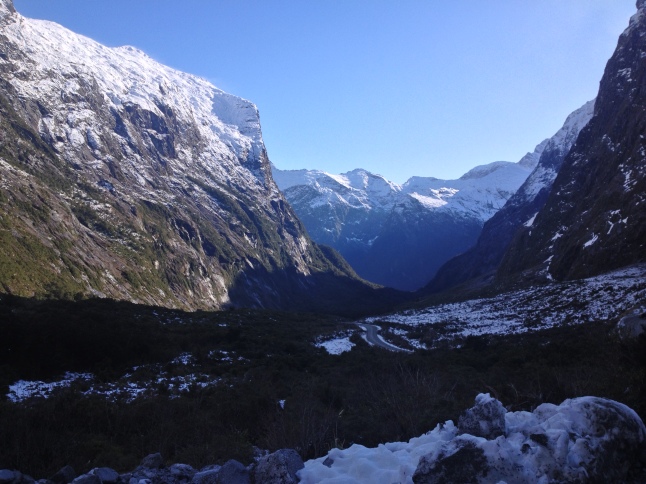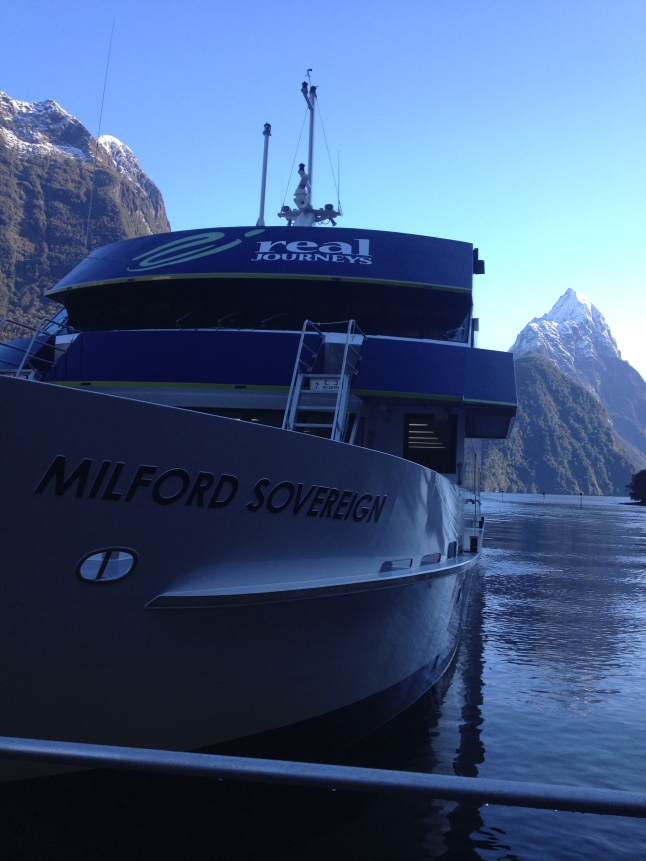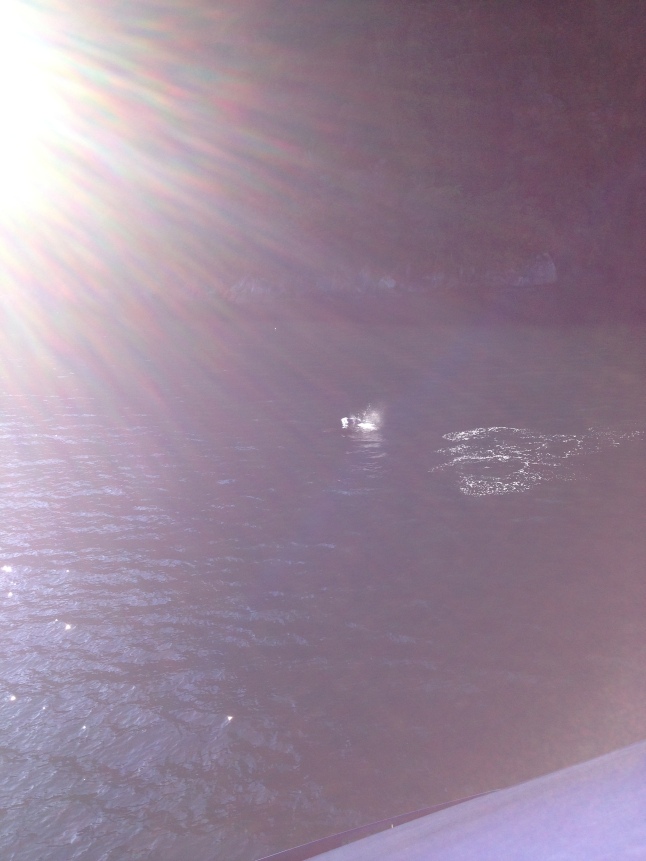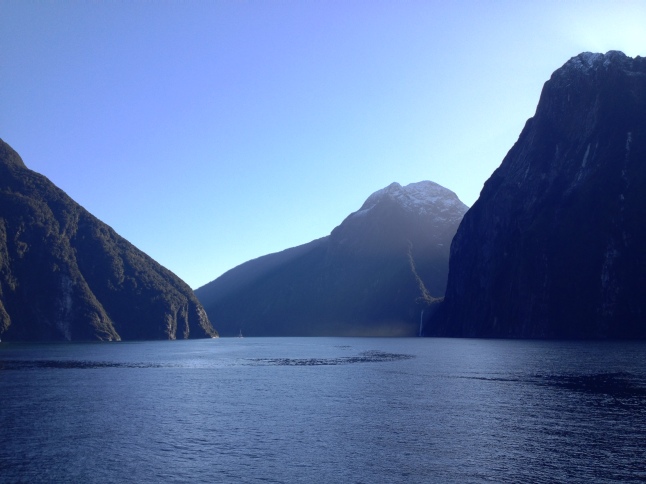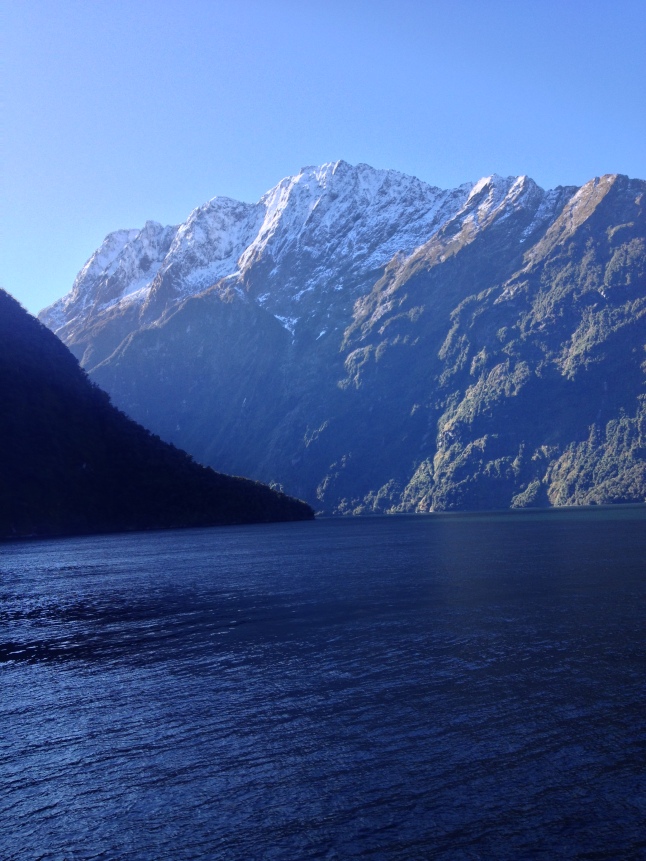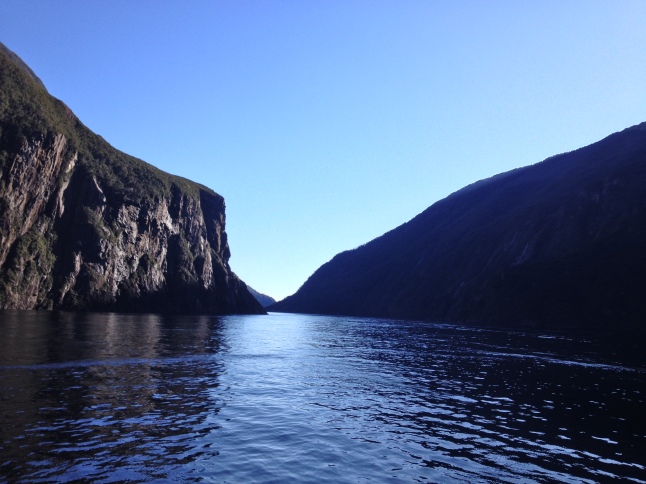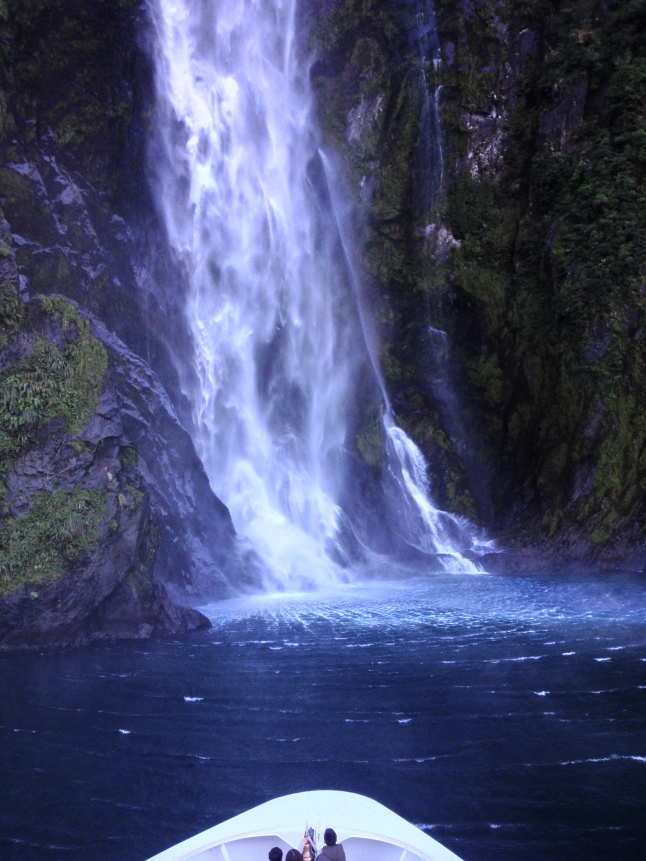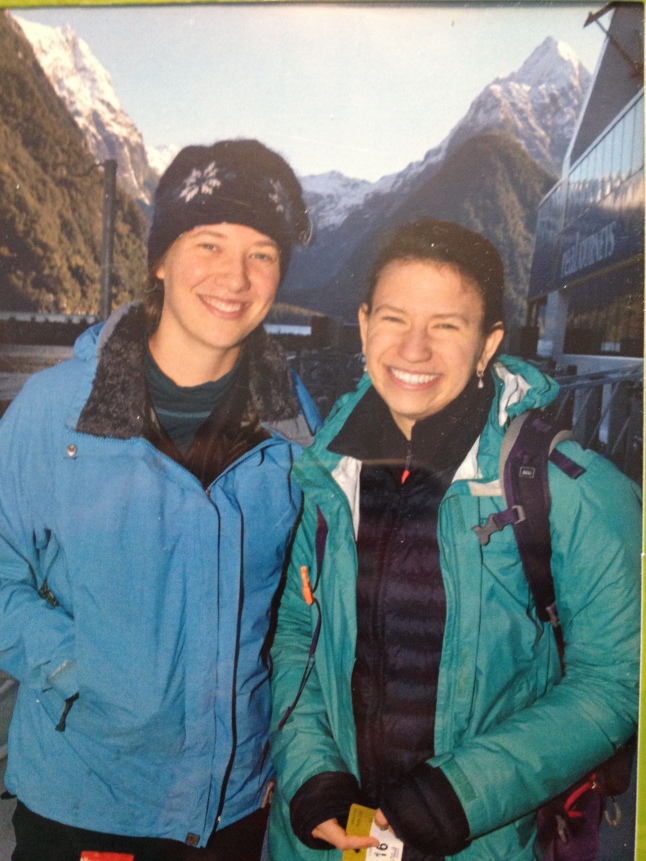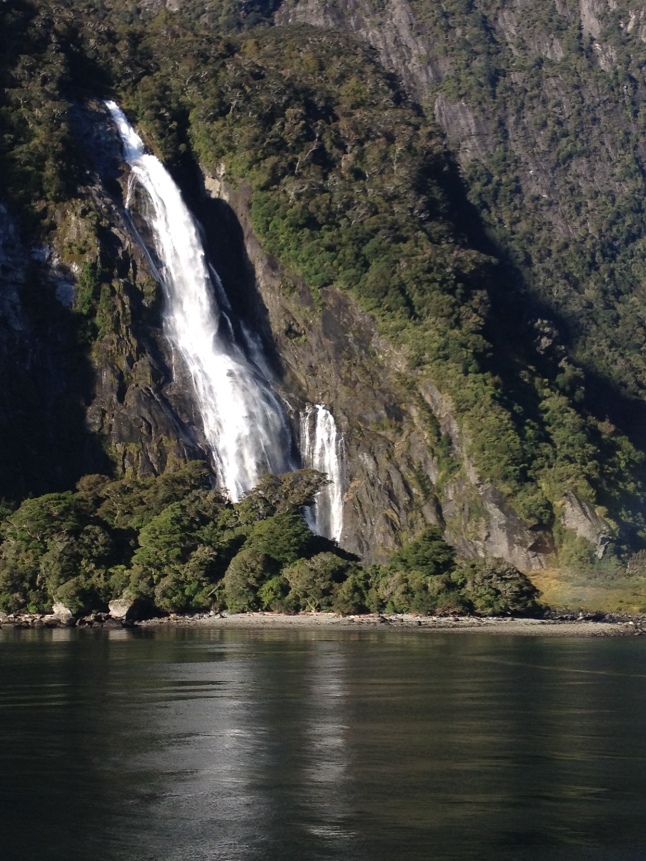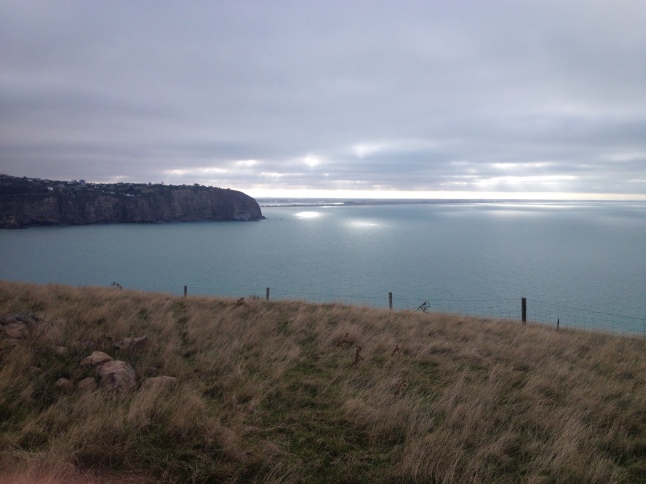When I go into the field, I’m faced with the reality of the importance of the work I do with the NGO. Conservation agriculture is a broad term, that before I tossed around without first-hand experience. I now understand it as the practices in agriculture that conserve soil and water. While now we might go into the field to see maize planted in rows parallel to the slope, with little soil cover, our work flips this 90°. So soil stays blanketed by cover crops or organic matter and corn is instead planted along topo lines. These small changes in practices can be a world of difference to a farmer, who may struggle during times of drought. In these small alterations, they find a bit of refuge, a bank of water stored in the soil, and more soil conserved for planting the next year.
This farmer in Guatemala planted corn on slopes ranging from 30-70°. If you’ve ever walked on a 30° slope, you’ll know that even that angle feels like a scramble. The soil was rocky and calcareous, and very little soil remained; only 10cm of soil overlaid the bedrock in patches. Note in the photo below on the right, where my hand on the left is pointing to dry, bare soil, and my friend and fellow field tech Daniel is pointing to still humid soil that had been covered with leaves/sticks/branches/weeds. The difference is notable!
This farmer had his soil analyzed in a soils lab. The results matched what we might expect from the mineralogy of the rocks– high calcium and a pretty high pH. Yet, many maize plants had purple leaves– a sign of a phosphorous deficiency. The moral here is that the farmer can save money in fertilizer if they focus on the deficient nutrient in question. Instead of applying a fertilizer with an excess of nitrogen and potassium (part of the NPK package) in order to arrive at the correct amount of phosphorous, the farmer can invest in a fertilizer with a higher concentration of phosphorous compared to N and K, and apply less.
While looking at the farm in transition toward conservation agriculture, we dug some soil pits to visually assess soil quality in terms of aggregates and texture. It was great to involve the farmer in this process so they could see the difference in soil between more and less covered areas, and what a difference this makes for soil moisture.
And, it’s the rainy season, so everything is green and growing. In the park this morning, this beautiful tree-bark peppered our walk. And on the drive to the airport to pick up a friend, this view of raindrops dotting the window from the car window made traffic more bearable. Rainbow trees like this and raindrop-spattered-windows keep beauty in this country in sight and in perspective in the present while conservation agriculture allows us to imagine a more beautiful future.























